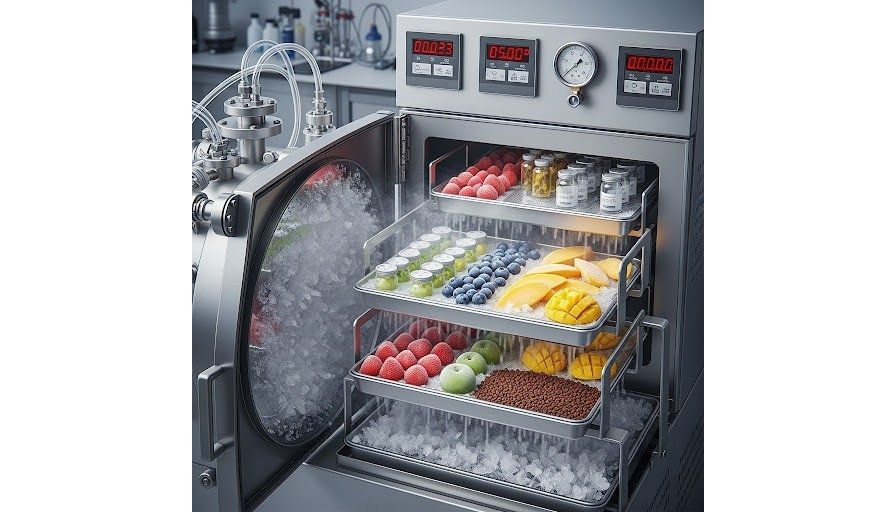Global Freeze Drying Market to Reach USD 15.1 Billion by 2033
The global freeze drying market is projected to grow from USD 7.1 billion in 2024 to USD 15.1 billion by 2033, according to Research Intelo. This represents a compound annual growth rate (CAGR) of 8.7%, driven by rising demand in pharmaceutical, biotechnology, and food processing sectors.
Pharmaceutical applications remain the primary market driver, as freeze drying is widely used to stabilize heat-sensitive drugs, vaccines, and biologics. The COVID-19 pandemic accelerated the adoption of lyophilized products due to their longer shelf life and ease of transportation. The growing biotechnology and personalized medicine segments are expected to further support market expansion.
The food industry is also increasing its use of freeze drying, particularly for snacks, fruits, ready-to-eat meals, and pet food. The process preserves nutritional value, flavor, and appearance, meeting the rising consumer demand for clean-label and additive-free products.
Technological advancements are enhancing energy efficiency, scalability, and process automation. Modern freeze drying systems feature real-time monitoring, predictive analytics, and Industry 4.0 integration, which improve product quality and reduce operational downtime. Continuous freeze drying is emerging as an efficient option for large-scale manufacturing.
Despite its benefits, the industry faces challenges such as high capital costs, long drying cycles, and energy-intensive operations, which can limit adoption by smaller businesses. Manufacturers are focusing on sustainability by introducing energy-efficient designs, heat recovery systems, and eco-friendly refrigerants.
Key market players include GEA Group, SP Industries, Azbil Corporation, Labconco Corporation, Martin Christ Gefriertrocknungsanlagen GmbH, Millrock Technology, HOF Sonderanlagenbau GmbH, Telstar (Azbil Telstar, S.L.), and IMA Life S.r.l.
Read More